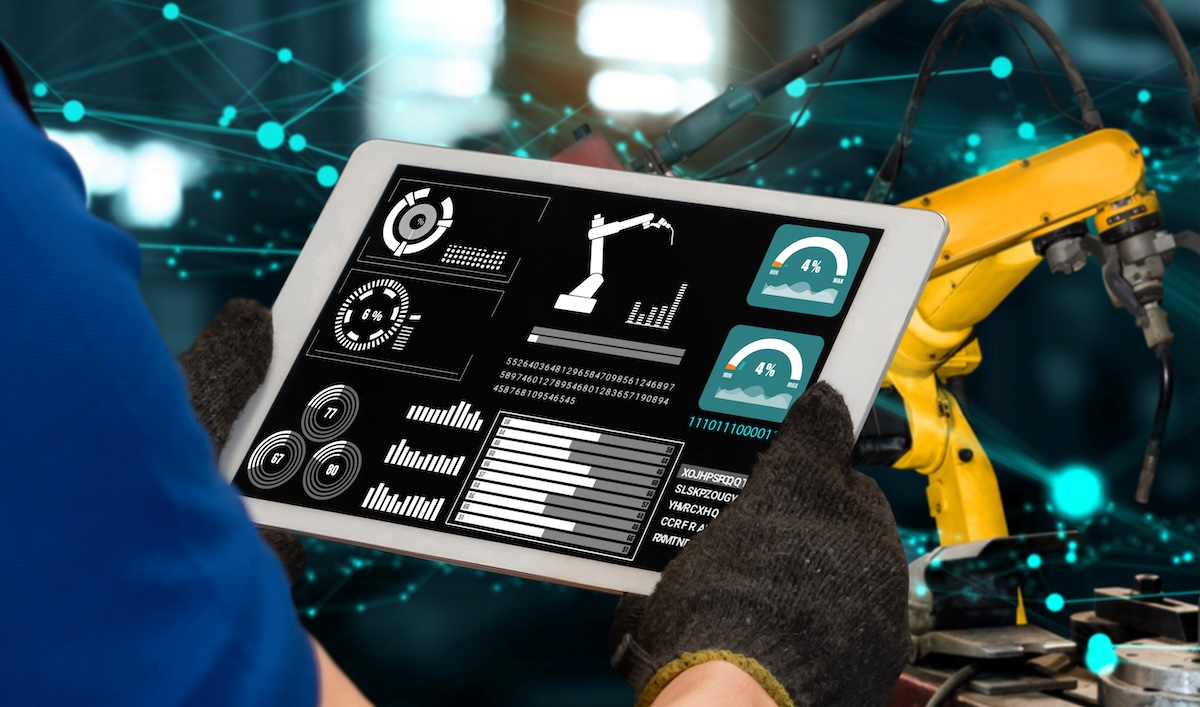The power of payloads in your unified namespace
The Unified Namespace (UNS) is among the fastest-growing data architecture patterns for Industry 4.0, promising easy publish-subscribe access to hierarchically structured industrial data. The UNS is often defined as a consolidated, abstracted structure by which all business applications can consume real-time industrial data in a consistent manner. A UNS allows users to combine multiple values into a single, structured logical model that can be understood by business users across the enterprise to make real-time decisions.
Unfortunately, users at many industrial companies are finding that though they’ve loaded their device telemetry data in their UNS, they are struggling to use it. The UNS’ uniform data standards, hierarchical structure, and publish-subscribe pattern do an excellent job of providing easy, logical access to data, but business and analytics users often discover that they must subscribe to multiple data streams from separate levels of the hierarchy to get what they need for their applications.
There are two problems with this approach:
1. They may not know which data streams contain the information they need.
2. Even when they find the information they need, they can’t collect it in usable contextualized payloads.
With a UNS, it is easy for users and systems to subscribe to individual data streams from individual hierarchy levels, but how often do they need something more? They can see the measured values on an asset and might be able to glean when something has gone awry, but that only tells a small part of the story.
In some ways, these UNS challenges reflect the core barrier to Industry 4.0: Too much data and no context to inform users on what to do with it. Data users often do not know what to subscribe to, and streams only innately include information from one device or system at a time, meaning that a UNS architecture alone cannot blend data from different systems or layers of the hierarchy into single payloads. Yes, the UNS makes data much easier to access, but data users need much more than uncorrelated, unstructured, uncontextualized data streams to build successful, scalable use cases.
How Industrial DataOps can help
Industrial DataOps is a new approach to data integration that aims to improve data quality and reduce time spent preparing data for use throughout the enterprise. A sophisticated Industrial DataOps software application provides the required capabilities to build and operate a UNS, including data standardization, contextualization, and data movement. It can also help users overcome some of the limitations of a UNS architecture by creating models that combine data streams from separate systems and assets into single payloads. But what makes these unique payloads so useful for UNS users?
As a quick example, let’s say that a sensor on a conveyor line detects more scrap than usual, streaming data reflecting as much to a quality engineer. The only information the quality engineer gets from this payload is that more scrap has been detected. The engineer doesn’t know exactly what is causing the additional scrap or where the issue is. They might view additional streams to gain a better understanding of what and where the issue lies, but at the end of the day, the engineer is stuck having to comb through multiple individual data streams. After they’ve isolated the problem, they then must look at the higher levels (workcell or line) to discover the impact of this problem.
By contrast, if the engineer uses an Industrial DataOps application to build a payload combining their UNS data streams, they can resolve problems much quicker. If the conveyor line sensor detects excess scrap, the application can model and flow a payload containing data streams from sensors earlier in the line, revealing the exact source of the problem, as well as additional data from the line or workcell level detailing the impact of the problem on their overall costs and productivity. After the models and flows are created, the engineer can automate the process, eliminating the need to manually piece together data to isolate and report problems. Instead, if a similar issue arises in the future, the engineer will immediately receive the data they need, so they can act on it in real time.
Wrap up
The UNS promises better data accessibility and standardization, and though it does unlock industrial data, the inability to create complex payloads has been a barrier to realizing its full potential. By using the right Industrial DataOps technologies, users can now remove this barrier, making the UNS more useful for operations and business users alike.
About the author
 This article was written by John Harrington, the Chief Product Officer at HighByte, focused on product management, customer and partner success, and company strategy. His areas of responsibility include market research, customer use cases, product priorities, go-to-market, and financial planning.
This article was written by John Harrington, the Chief Product Officer at HighByte, focused on product management, customer and partner success, and company strategy. His areas of responsibility include market research, customer use cases, product priorities, go-to-market, and financial planning.



